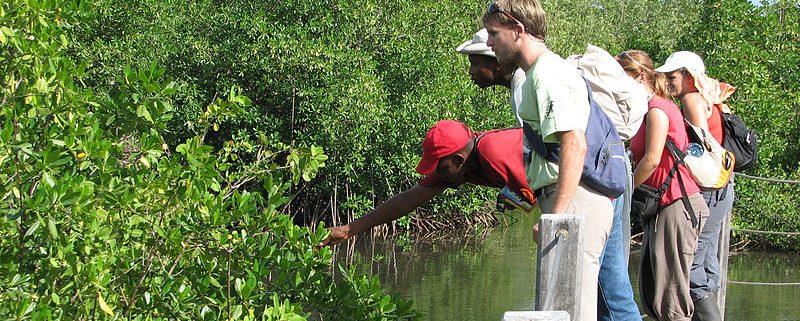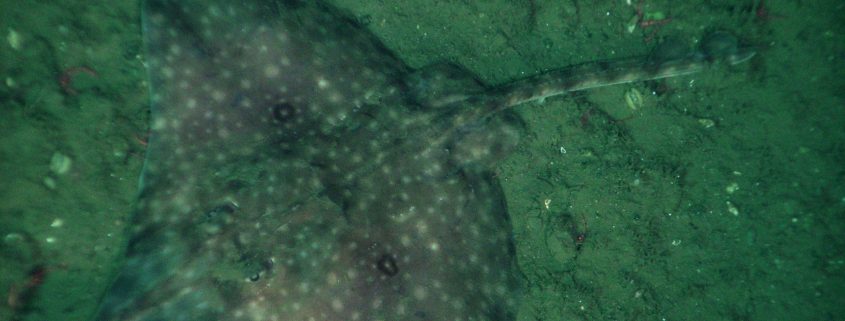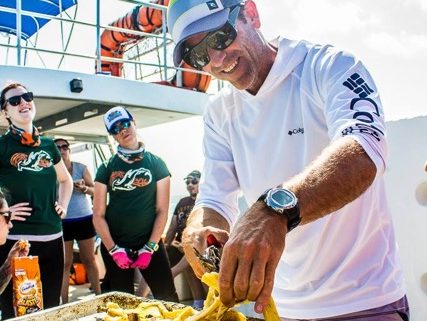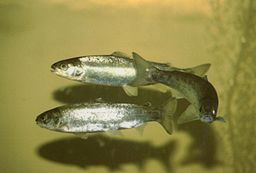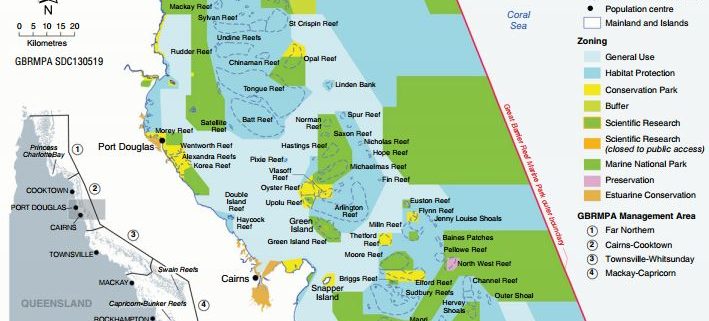The critical role mangroves play with regards to ocean health
By Elana Rusnak, SRC Intern What are mangrove forests? There are many types of mangrove trees, but the three most common are the Red mangrove, White mangrove, and Black mangrove. Red mangroves are distinguished by their large arrays of prop roots, which are long roots that may stem out from half way up the tree […]
Skate Overfishing: Studying and Protecting Data-Poor Fish Stocks
By Timothy Hogan, SRC Intern In response to overfishing, scientifically-derived annual catch limits and other regulations were developed to protect many declining species. Despite this, some understudied organisms could not receive the same improvements, where minimum data and low resolution made their abundance relatively unclear. Catch limitations became relatively difficult to set, as the population […]
Shark tagging with Firebrand Events
By Julia Whidden, SRC Intern On Monday, March 14th, the SRC Crew went to sea with assistance from Firebrand events. We fished the shallow waters (~ 10 feet deep) of Safety Valve, an area of sand flats and tidal channels that connect Biscayne Bay to the Atlantic Ocean. Research dates the formation of this […]
Impacts of parasites on marine survival of Atlantic salmon: a meta-analysis
By Elana Rusnak, SRC Intern In both wild and captive populations of Atlantic salmon, their most prevalent parasite in Norway, Lepeophtherius salmonis, or “salmon lice”, can have lethal effects on these fish. A common way to measure the overall effect these parasites have on smolt populations (young salmon making their first voyage from their home […]
Shark Tagging with Grand Classroom Ohio
By Rachel Skubel, SRC Intern There was a special feeling among the shark research crew before setting off today – a pregnant fog had rolled over Miami, giving way to a magnificent sunrise as we drove in to the marina. It was the Ides of March, and on this iteration the ocean was so still […]
Great Barrier Reef No-Take Areas Include a Range of Disturbance Regimes
By Shubham Mathur, SRC Intern The zoning of marine protected areas and reserves that prohibit or reduce human activity is a common example of spatial management used to protect natural assets for current and future benefit. Both the distribution and size of the protected areas are crucial factors in their effectiveness. Marine spatial planning (MSP) […]

